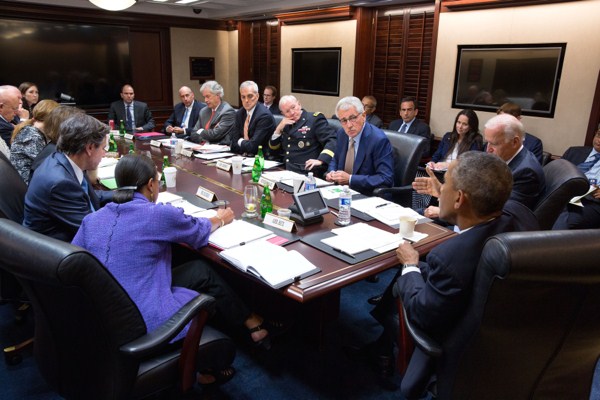Fifty years from now, when historians look back at 2014, they will likely be struck by how many seemingly contradictory trends co-exist in today’s world. The crisis in Ukraine suggests a fraying of the liberal international order and its consensus against territorial conquest, even as relatively robust international crisis-management mechanisms manage to deter or contain conflict elsewhere. A global rise of anti-pluralist populism has led to the resurgence of nationalism at the same time that national sovereignty is increasingly embedded in a globally integrated and largely supranational economic order. In Asia, historical grievances at times slow down but cannot derail the regional imperative for economic integration and thus political accommodation. And in Latin America, Asia and increasingly Africa, the aspirations of a growing middle class still struggle to escape national narratives of corruption, insecurity and inequality.
A world in which everything and its opposite are simultaneously true makes it exceedingly difficult to draw conclusions, let alone formulate policy prescriptions and engage in strategic planning. Take the Ukraine crisis. For many observers, Russian President Vladimir Putin seems to have gained a tactical victory, annexing Crimea while demonstrating his ability to flout not only American and European ultimatums but also the international order. For others, this tactical victory has come at huge strategic cost, driving Kiev closer to the West, while revealing the weakness and vulnerability of the Russian economy to Western sanctions, and exposing the limits of Moscow’s alternatives to Western integration—namely, heightened energy trade with China under Beijing’s terms.
Determining which assessment turns out to be correct depends on another element that future historians will benefit from, but which we do not have: time. Nevertheless, if it is impossible, or inexact, to characterize the current geostrategic moment in monolithic terms, it is still possible and useful to examine the trends shaping today’s geopolitical landscape.

